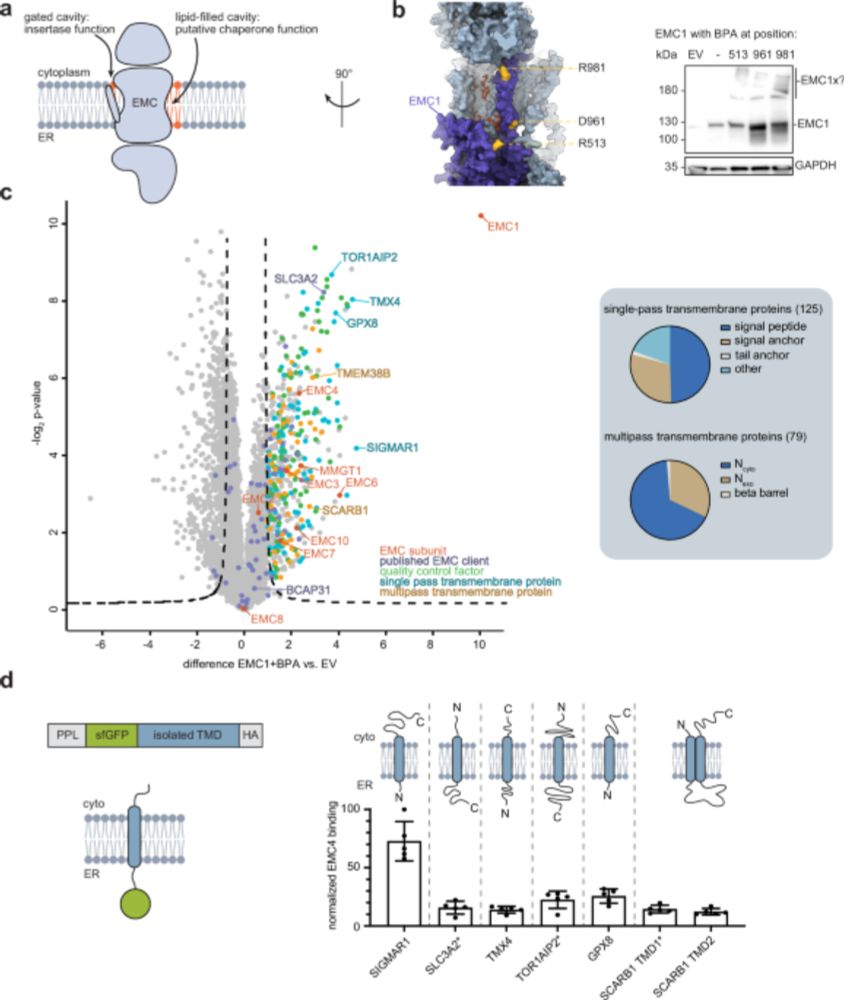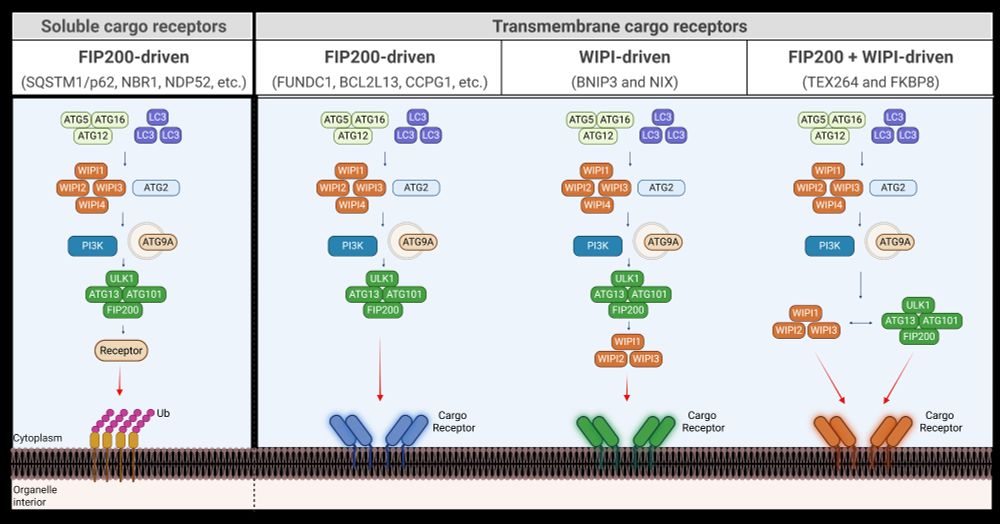Leo Kiss
@leokiss.bsky.social
1.1K followers
870 following
81 posts
Interested in Ubiquitin, Proteostasis and Signaling
Scientist at @mpibiochem.bsky.social
Alumnus of @mrclmb.bsky.social
Posts
Media
Videos
Starter Packs
Pinned
Leo Kiss
@leokiss.bsky.social
· Jul 9
Reposted by Leo Kiss
Reposted by Leo Kiss
Reposted by Leo Kiss
Leo Kiss
@leokiss.bsky.social
· 28d
Leo Kiss
@leokiss.bsky.social
· Sep 2
Leo Kiss
@leokiss.bsky.social
· Aug 27
Reposted by Leo Kiss
Dan Grabarczyk
@dangrabarczyk.bsky.social
· Aug 27

A split-site E3 ligase mechanism enables ZNFX1 to ubiquitinate and cluster single-stranded RNA into ubiquitin-coated nucleoprotein particles
Grabarczyk et al. show the structure and mechanism of a non-canonical ubiquitin ligase,
which is activated through nucleic-acid-induced oligomerization and is critical for
cell survival during immune ...
www.cell.com
Leo Kiss
@leokiss.bsky.social
· Aug 20
Reposted by Leo Kiss
Sven Lange
@sven-m-lange.bsky.social
· Aug 20
Reposted by Leo Kiss
Carolin Klose
@carolinklose.bsky.social
· Aug 11

Structural basis of an EMC:Spf1 insertase-dislocase complex in the eukaryotic endoplasmic reticulum
Most eukaryotic membrane proteins are inserted into the membrane at the endoplasmic reticulum (ER). This essential but error-prone process relies on molecular quality control machineries to prevent mi...
www.biorxiv.org
Leo Kiss
@leokiss.bsky.social
· Aug 14
Leo Kiss
@leokiss.bsky.social
· Jul 25
Reposted by Leo Kiss
Leo Kiss
@leokiss.bsky.social
· Jul 16












